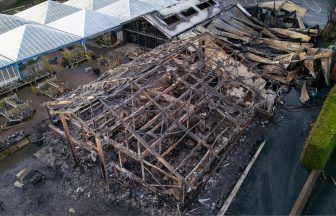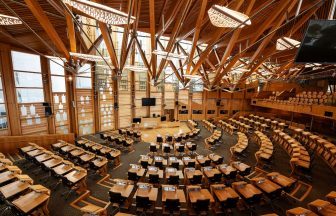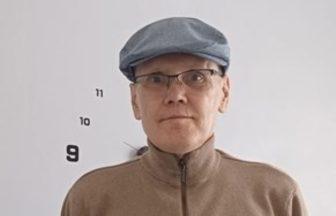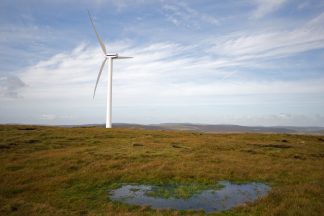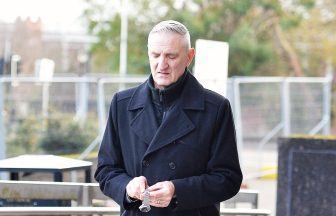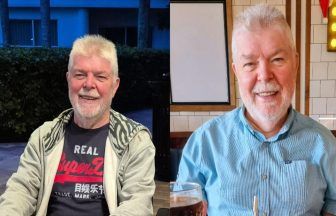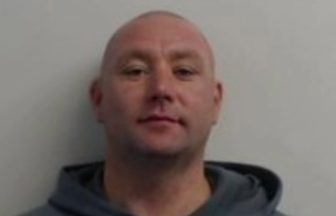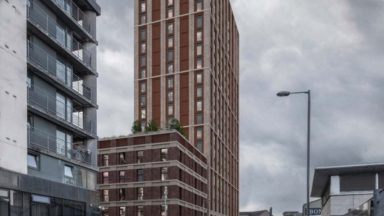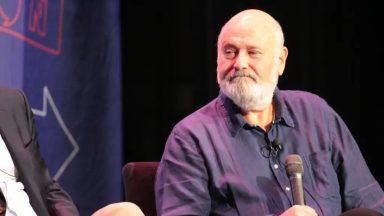Fresh images show how George Square could be transformed as plans reveal possible new locations for the statues.
Proposals for the redesign, redevelopment and reorganisation of the civic space have been submitted, as well as 11 applications to remove, repair and relocate statues.
They include a dedicated outdoor cafe space, seating, including under shelter, rain gardens and a raised lawn area. A water feature is also planned “subject to serviceability and site conditions”.
Once they have been restored, some statues could be moved to the eastern side of the Square, closer to the city chambers. Designs show the Sir Walter Scott monument and the cenotaph, which haven’t been the subject of applications for removal and repair, remaining in their current places.
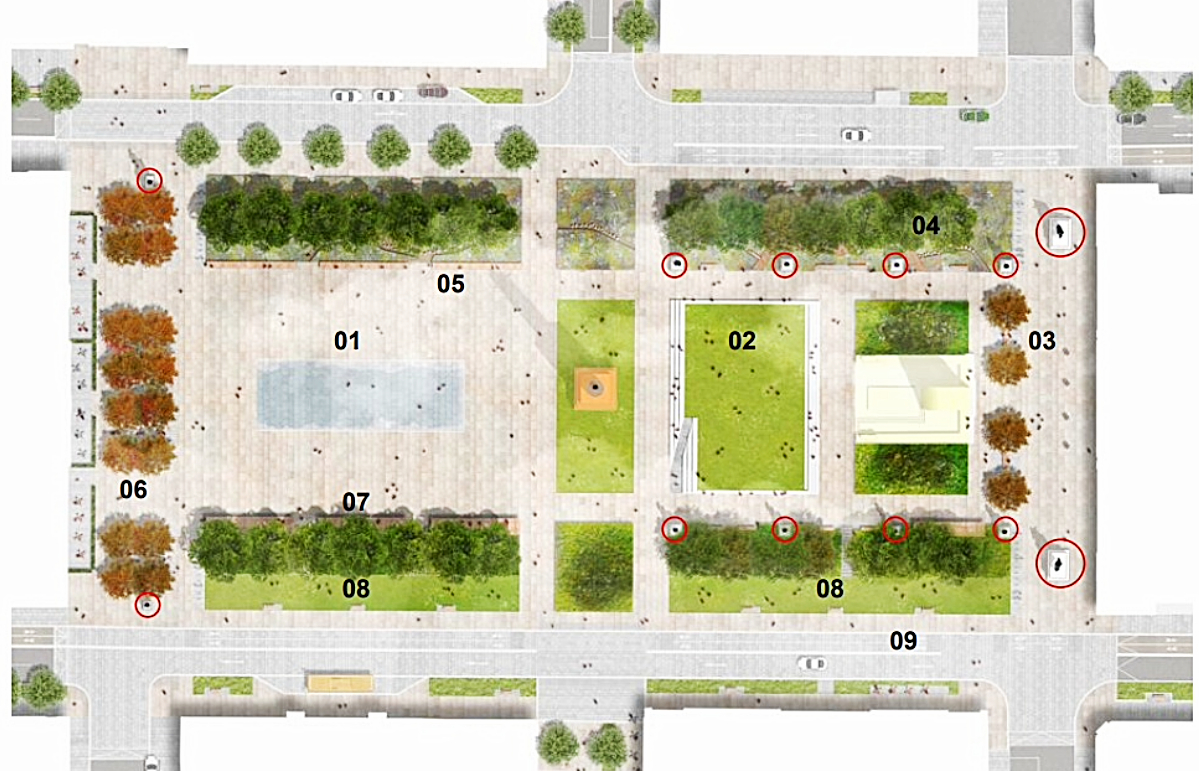 LDRS
LDRSThere would also be an “informal” play space for children, including a timber boardwalk providing a route through areas of planting.
Documents submitted by the council state the “design concept is to create a welcoming space for local users and visitors to promote activity, diversity, social exchange and cultural enrichment”.
It continues: “Nestled in the city centre, this is the hub of the social life of Glasgow and stage for many community events, celebrations, political gatherings and protests.”
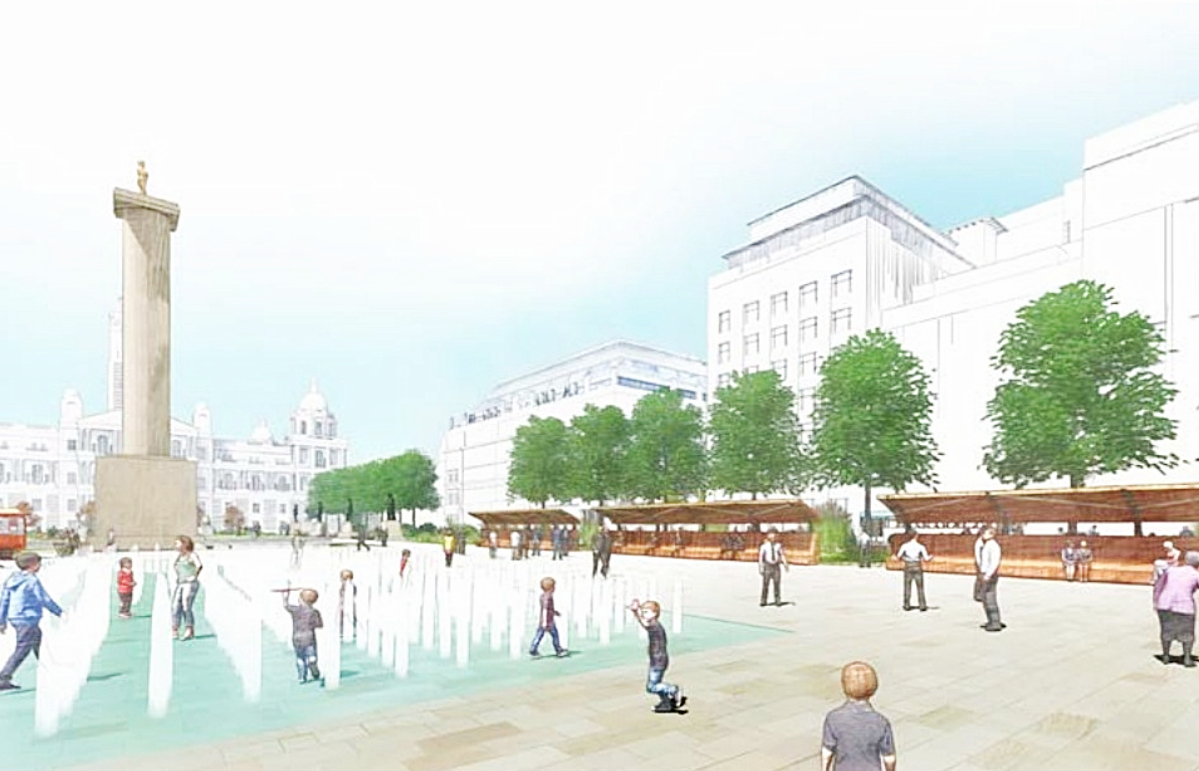 LDRS
LDRSThere are currently 13 listed monuments in George Square and a condition survey in 2014 found nine were in a “poor state of repair” while four were “considered as medium state of repair”.
“Relocation of statues has historically happened as the configuration of the Square evolved,” the plans state.
“The current locations of the statues are no longer appropriate for the proposed redesign of George Square.”
All statues will be retained but repositioned “where necessary”. It is hoped this will create “large unobstructed areas” with a capacity of around 20,000 people.
 LDRS
LDRS“The landscape will provide spaces for social interaction and activity throughout the year,” the plans claim.
“With a mixture of seating and planting and open space, these areas can transform easily to suit community events, markets, exhibitions and other Glasgow related events.”
One design also shows a new plinth which, it states, could be used for a temporary art installation or a permanent 21st Century monument. There are proposals for art installations included in the planning documents, although these are still to undergo further development.
Early ideas, developed by artist Kate V Robertson, are based on a “Welcome to Glasgow” concept. These use the “tenement architecture ubiquitous to Glasgow as a reference point” and would celebrate “the hospitality famously associated with Glaswegians”.
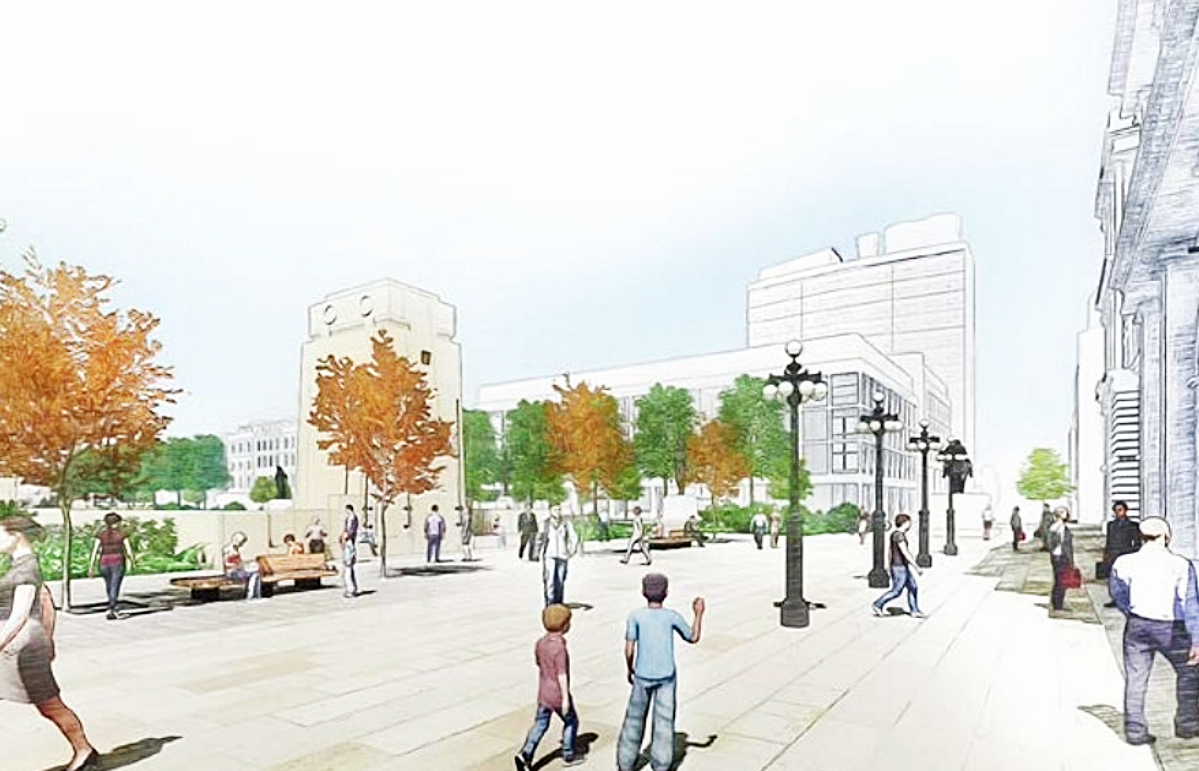 LDRS
LDRS“Using materials familiar to these residences — ceramic tiles, cast iron, brass, sandstone — and formal reference to tiled floors, spindles, doormats, steps and other domestic features, we can create moments of resonance with local people.”
The 11 statues set to be removed, restored and then returned to the Square are: Prince Albert, Robert Peel, Queen Victoria, Thomas Campbell, Sir John Moore, James Watt, Robert Burns, James Oswald, William Ewart Gladstone, Thomas Graham and Field Marshall Lord Clyde.
A heritage statement claims the “deteriorating condition of the monuments and the landscape is acting as an obstacle to a vibrant and enhanced use of George Square”.
It adds the “relationship of the city chambers, Cenotaph, and probably the Walter Scott monument is of critical importance to the historical and architectural setting of the Square”.
“The other statues and memorials have, however, been moved on a number of occasions to reflect changing architectural tastes and commemorative priorities. There may, subject to a high-quality strategy, be a case to be made for their repositioning as part of a continuing evolving landscape.”
Follow STV News on WhatsApp
Scan the QR code on your mobile device for all the latest news from around the country


 LDRS
LDRS

